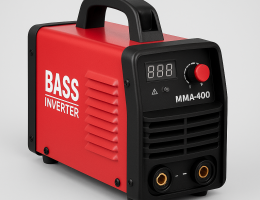C3+ olefin refers to a mixture of various olefins (also called alkenes) that have a carbon chain length of three or more atoms. Here’s a breakdown of the key points:
- Type of Material: Hydrocarbon (specifically an alkene)
- Carbon Chain Length: 3 or more carbon atoms (indicated by “C3+”)
- Mixture: C3+ olefin isn’t a single molecule, but a collection of different olefins with chain lengths ranging from propylene (C3) to higher carbon numbers.
Properties of C3+ Olefins:
- Generally colorless liquids or gases at room temperature, depending on the specific olefins in the mix.
- Unsaturated hydrocarbons: They contain at least one carbon-carbon double bond, making them reactive and useful in various chemical reactions.
- Lower boiling points compared to paraffins (alkanes) with the same number of carbon atoms.
- Lipophilic (fat-loving): They tend to dissolve better in non-polar solvents like oil than in water.
Applications of C3+ Olefins:
- Chemical feedstocks: C3+ olefins are essential starting materials for producing various chemicals, including plastics (like polypropylene), alcohols, and detergents.
- Alkenes: Individual components within the C3+ mix (like propylene) can be separated and used for specific purposes. Propylene, for instance, is a crucial building block for many polymers.
- Gasoline blending: Some C3+ olefins can be blended into gasoline to improve its octane rating and performance.
Additional Points:
- C3+ olefin is often a by-product of various industrial processes, such as petroleum refining and natural gas processing.
- The specific composition of C3+ olefin can vary depending on the source.



